The Impact of Virtual Reality on Modern Education
Over the past few years, Virtual Reality (VR) has not simply been an intriguing concept seen only in science fiction. It has become a tangible and revolutionary technology, applicable and transformative in various sectors, one significant one being education.
Changes Introduced to the Classroom
Virtual Reality has brought about a broad scope of changes in classrooms around the world. It has extended the boundaries of the education space by offering immersive learning experiences. Students can now partake in expeditions to explore historical sites, understand complex science concepts, and step into the shoes of people from different cultures and times, without stepping out of their classrooms.
Benefits of Virtual Reality in Education
When comparing traditional teaching methods with VR-assisted learning, a number of significant benefits have been noted. First, VR increases students' engagement and motivation to learn by bringing the subject matter to life instead of confining it to a two-dimensional textbook. Second, it caters to varied learning styles, harnessing auditory, visual and kinesthetic forms of learning to ensure all learners benefit optimally. Third, VR has proven to supplement improved retention and recall abilities among learners.
Drawbacks of Virtual Reality in Education
Despite its benefits, VR also possesses limitations. These include technical issues, high acquisition and maintenance costs, and potential for inducing side effects like motion sickness, eyestrain, and headaches amongst learners. In addition, digital literacy skills are required to effectively use and navigate VR equipment and software.
Potential for Future Educational contexts
Despite its drawbacks, VR technology holds great potential for future learning contexts. It allows for experiential learning that is individualized and engaging, potentially bridging gaps in the education sector caused by geographical, social, and economic disparities. In this vein, VR could democratize global access to quality education.
In Practice: Real-life Examples
There are already numerous education institutions implementing VR. Stanford's Virtual Human Interaction Lab provides students with a first-hand experience of the effects of climate change using VR, fostering understanding and empathy. Similarly, Sightline Maps facilitates schools with the resources to create 3D topographical maps using VR, aiding in subjects like geography and history.
Conclusion
As the digital world continues to evolve, we see that Virtual Reality is no longer just a futuristic idea but a reality. It presents a wealth of opportunities in revolutionizing how we deliver and experience education by making learning a more immersive and engaging process. While the road to a transformed education landscape might be laden with obstacles, the potential benefits certainly present a compelling argument for continued research and investment into this avenue.
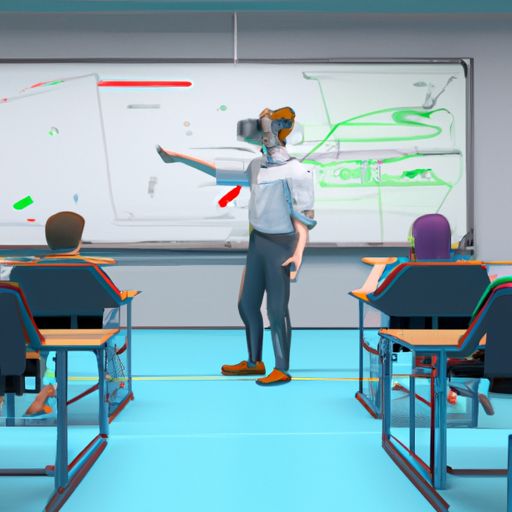
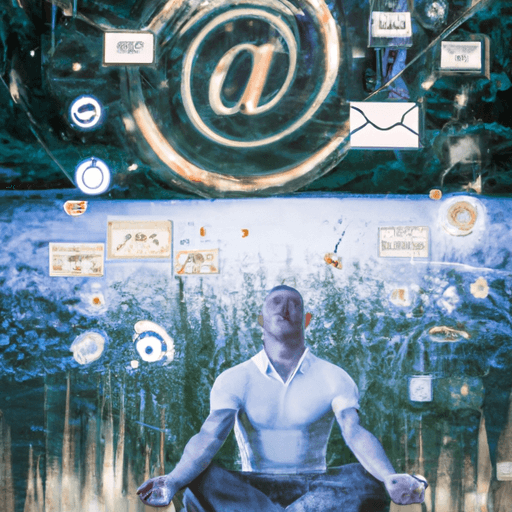
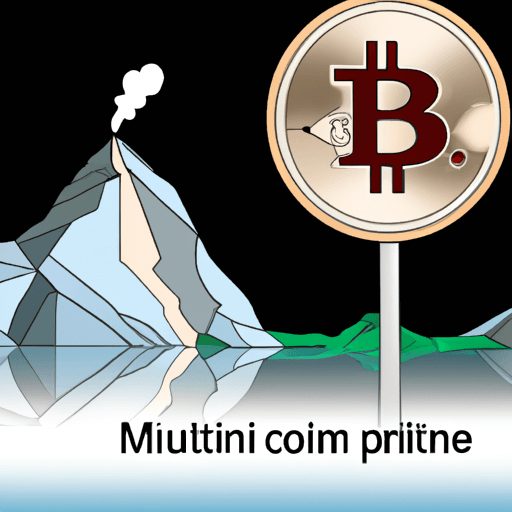
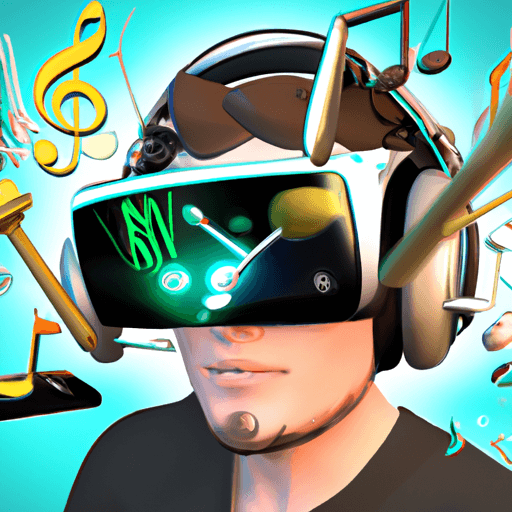
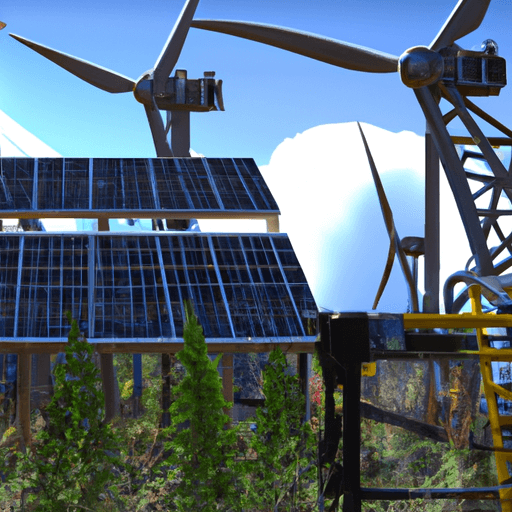

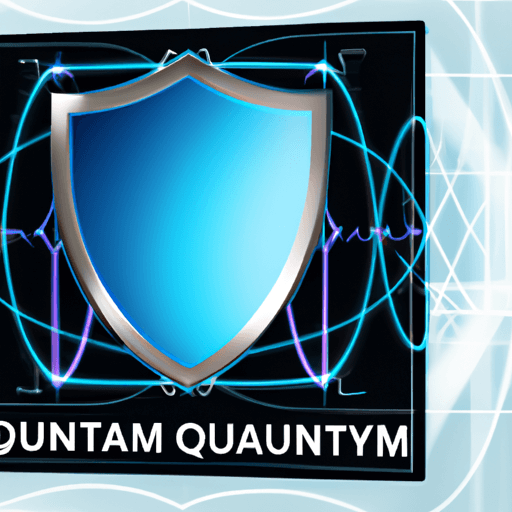

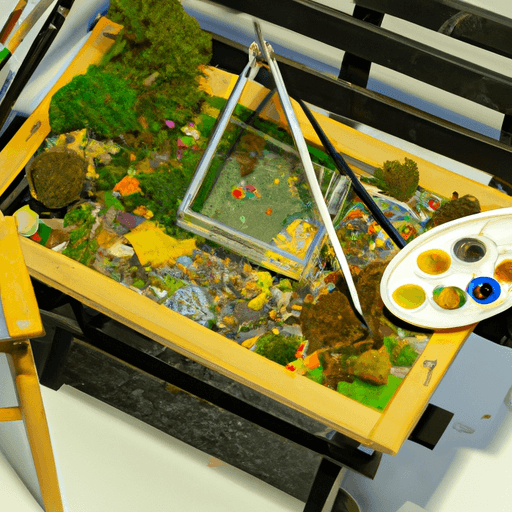
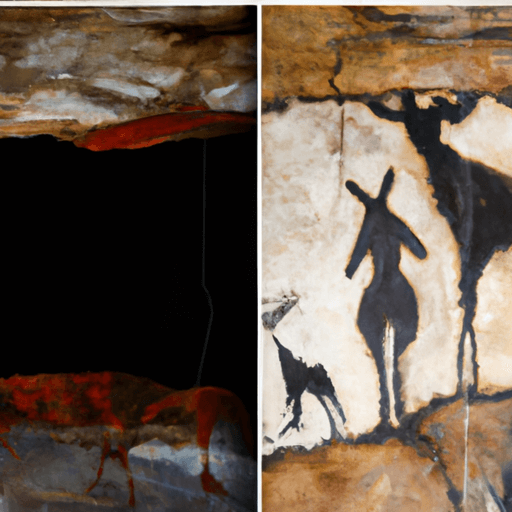
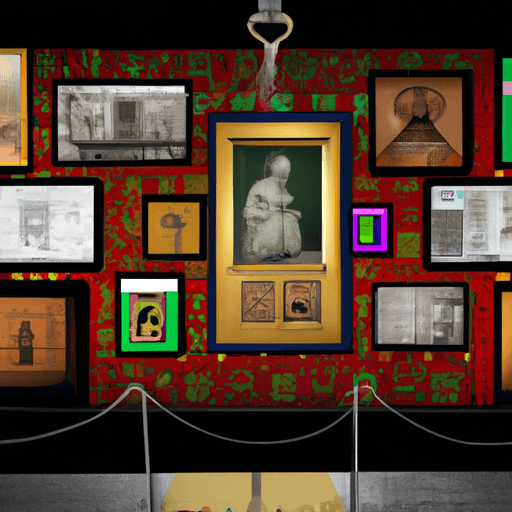

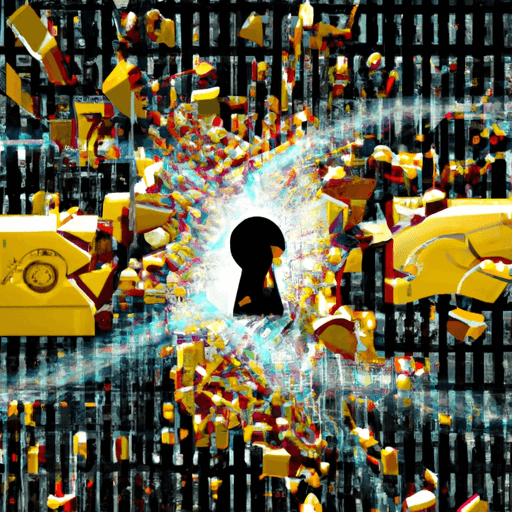

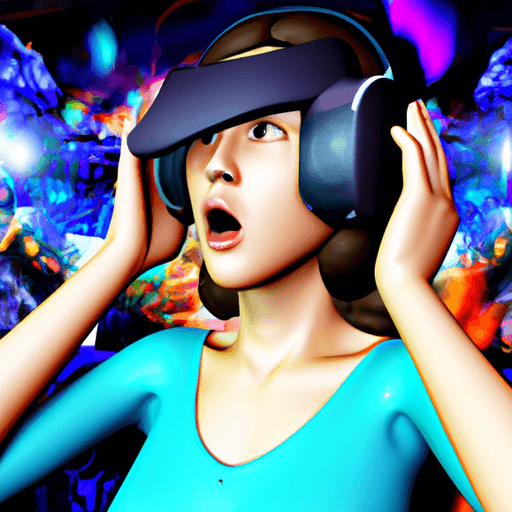

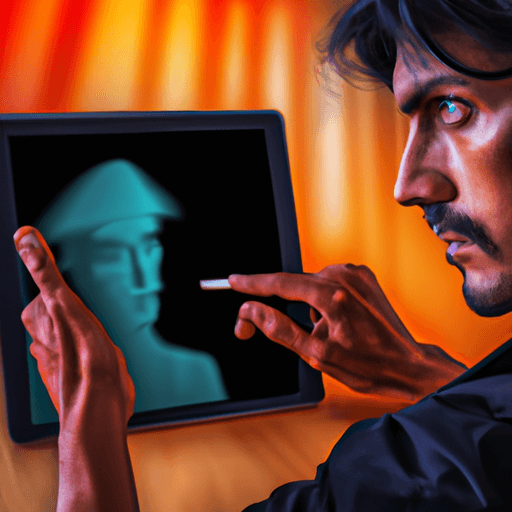
Comments
Leave a Comment